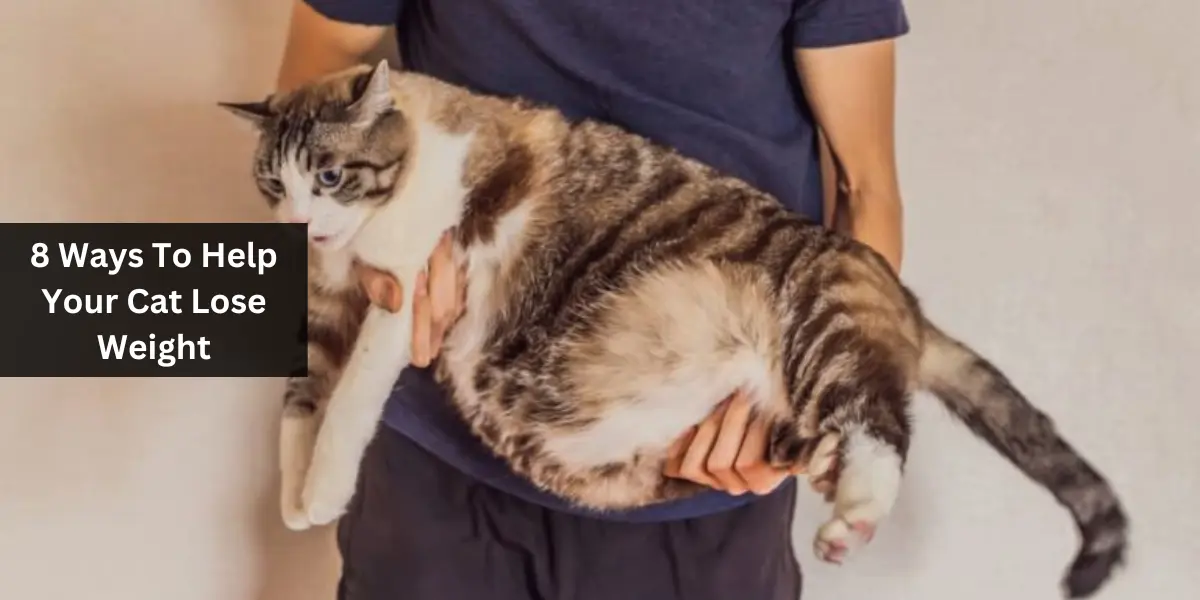If you’ve noticed your feline friend is getting a little too fluffy, you’re not alone. Obesity in cats is a growing concern that can lead to serious health issues. But fear not! With some love, care, and strategic planning, you can help your cat shed those extra pounds and lead a healthier, happier life. Here are eight effective strategies to kickstart your cat’s weight loss journey.
Understanding Cat Obesity
Before diving into weight loss strategies, it’s crucial to understand why maintaining a healthy weight is so important for your cat. Obesity can lead to diabetes, liver problems, and joint pain, significantly impacting their quality of life.
1. Vet Check-Up
Start with a Professional Evaluation
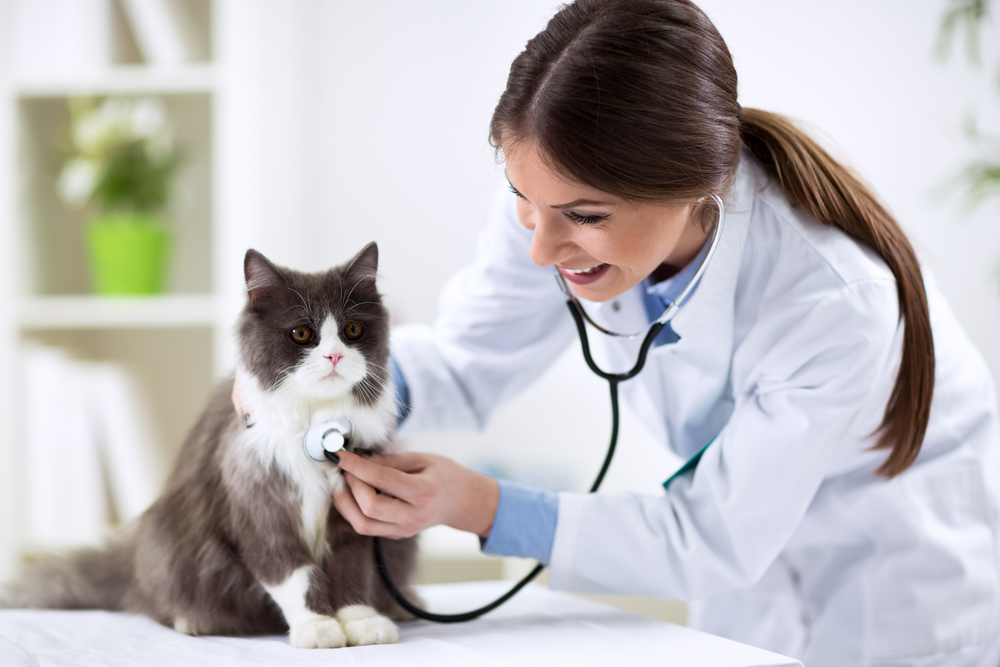
The first step should always be a visit to the vet. A professional can assess your cat’s health, confirm if they’re indeed overweight, and recommend a tailored weight loss plan.
2. Measure Meals
Portion Control Is Key
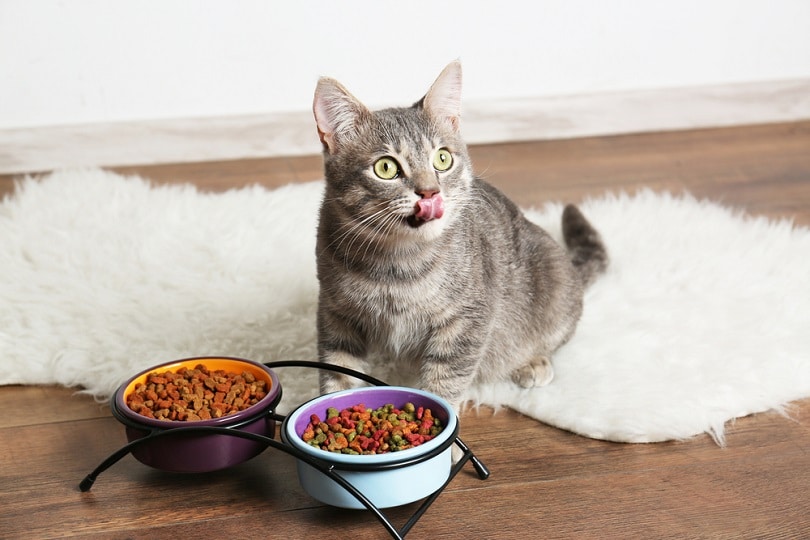
Overfeeding is a common cause of weight gain. Measuring your cat’s food ensures they’re not consuming more calories than they need.
3. Quality Diet
Opt for Nutrient-Rich Foods
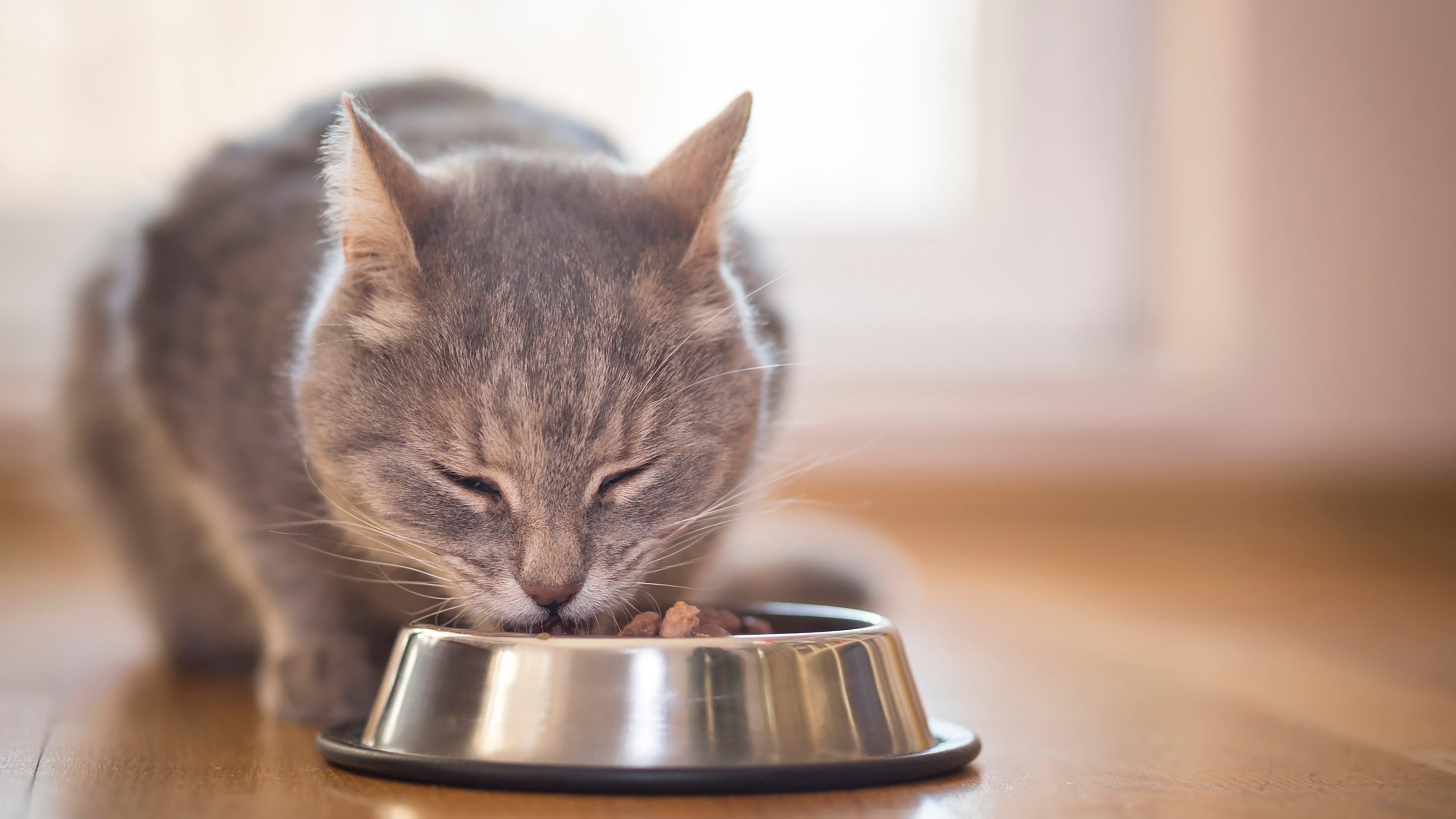
Switching to a high-protein, low-carb diet can help. Cats are carnivores, and their bodies are better suited to processing proteins than carbohydrates.
4. Encourage Exercise
Make Movement Fun
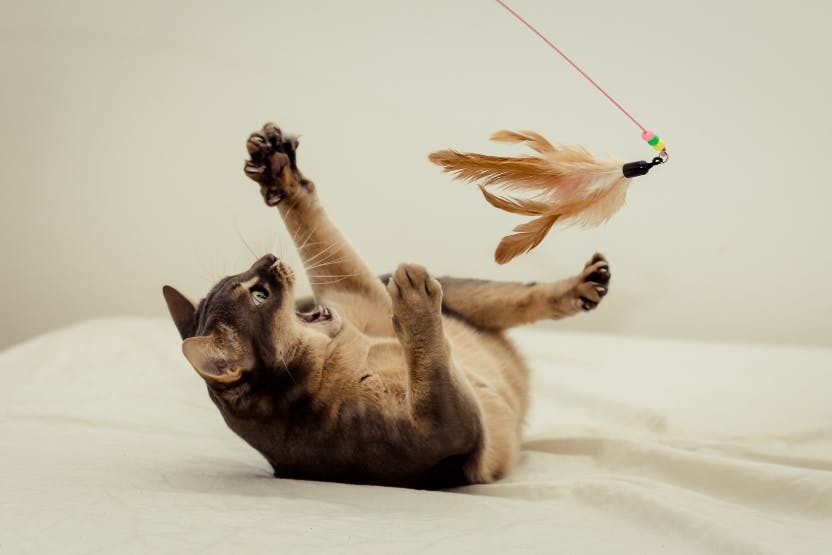
Incorporate playtime into your daily routine. Toys that mimic prey, like feather wands or laser pointers, can stimulate your cat’s natural hunting instincts and encourage them to move more.
5. Limit Treats
Treat With Care
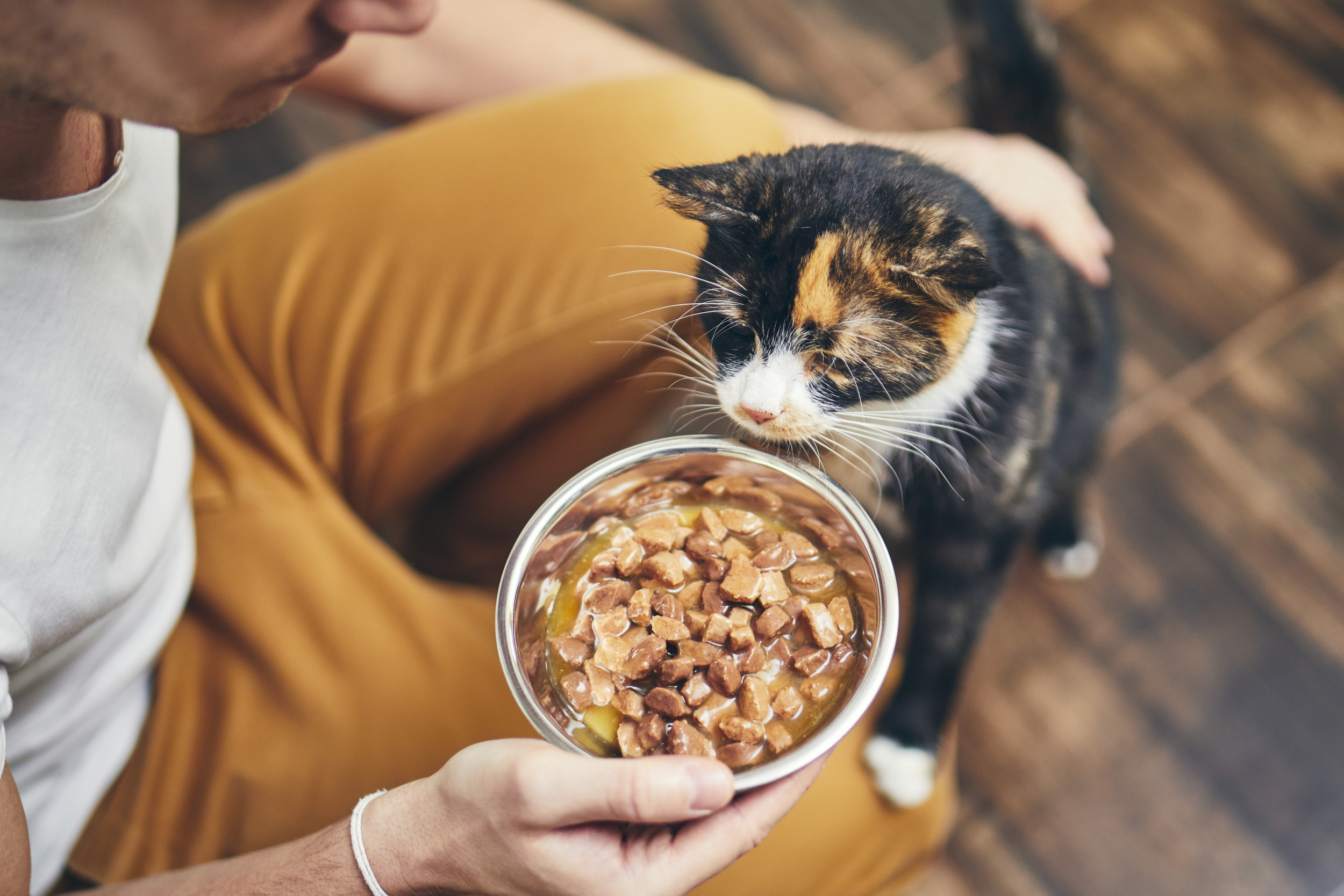
While it’s tempting to give in to those pleading eyes, treats should be given sparingly and accounted for in your cat’s daily calorie intake.
6. Slow Feeder Bowls
Promote Mindful Eating
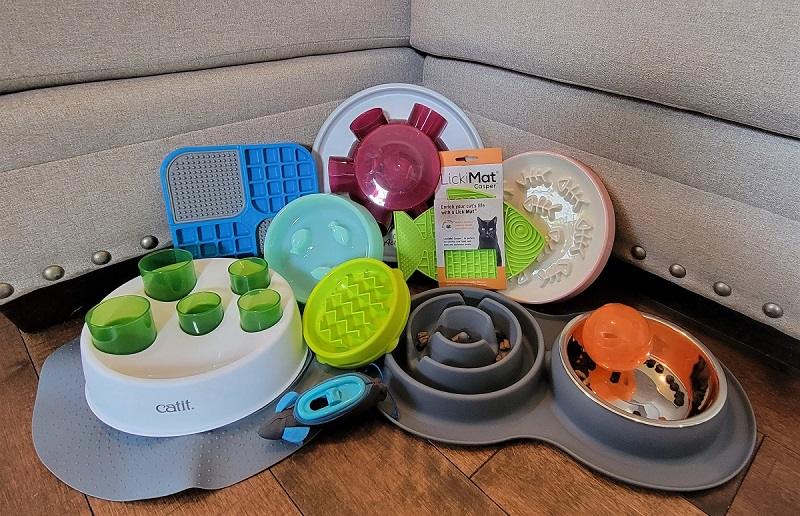
Slow feeder bowls can help cats eat more slowly and feel fuller, preventing overeating.
7. Interactive Feeding
Engage Their Brains
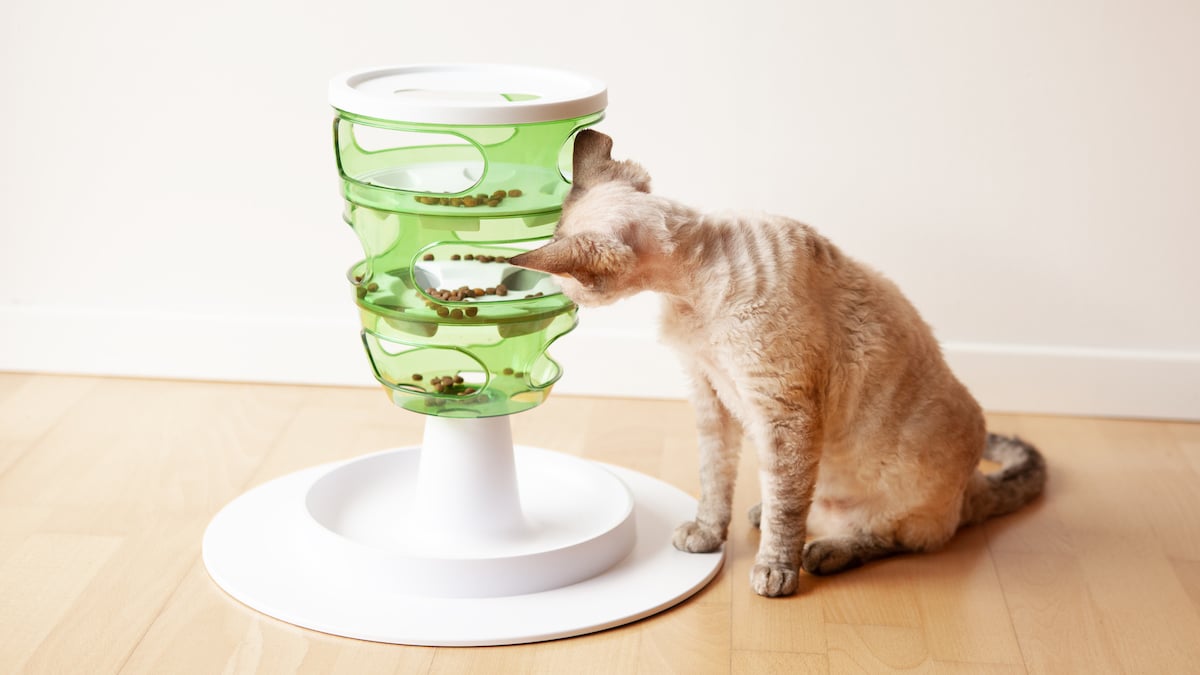
Hide small portions of food around the house to encourage your cat to ‘hunt’ for their meals, promoting both physical and mental exercise.
8. Monitor Progress
Keep Track of Weight Loss
:max_bytes(150000):strip_icc()/cat-anesthesia-and-sedation-515690575-2000-52fb0a1ed6c544e79028db04b664a1ce.jpg)
Regular weigh-ins can help you monitor your cat’s progress and adjust their diet and exercise plan as needed.
Conclusion
Helping your cat lose weight requires patience, persistence, and a lot of love. By following these eight steps, you can make a significant impact on your cat’s health and well-being. Remember, the goal is gradual weight loss, so celebrate the small victories along the way.
FAQs
1. How quickly should my cat lose weight?
Slow and steady is the way to go. Rapid weight loss can be dangerous for cats. Aim for a gradual loss of 1-2% of their body weight per week, but always consult with your vet.
2. Can I just feed my cat less of their regular food?
While reducing portions can help, switching to a weight management formula might be more effective. These diets are designed to be lower in calories but still satisfy your cat’s hunger.
3. How much exercise does my cat need?
Try to engage your cat in play that gets them moving for at least 10-15 minutes, several times a day. However, the amount of exercise will depend on their age, health, and weight.
4. Are there any health risks with weight loss in cats?
Yes, which is why it’s essential to approach weight loss under veterinary supervision. Rapid weight loss, especially, can lead to serious conditions like hepatic lipidosis.
5. What if my cat refuses to play or eat the diet food?
Cats can be stubborn, but persistence is key. Try different toys to pique their interest in play and gradually mix the diet food with their regular food to help them adjust.

